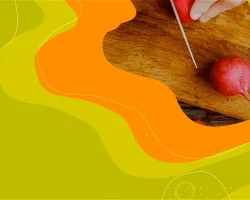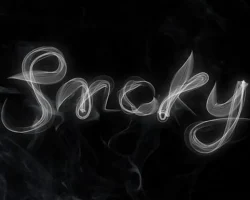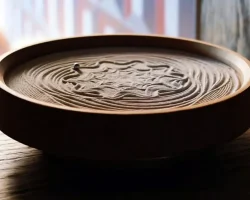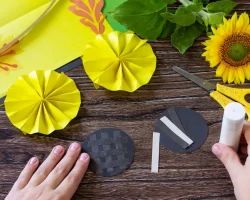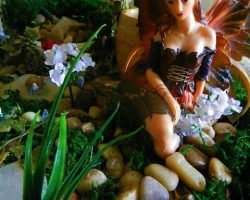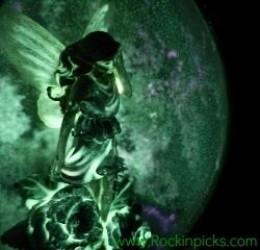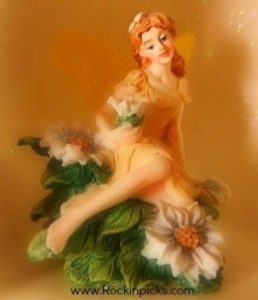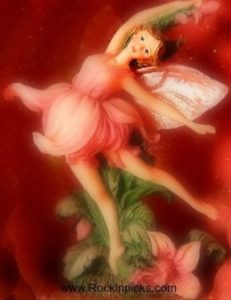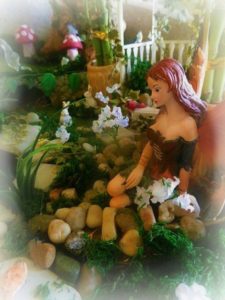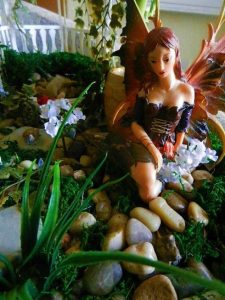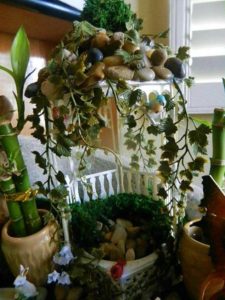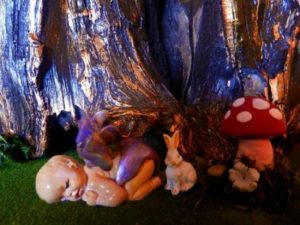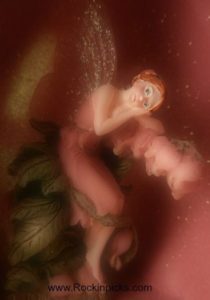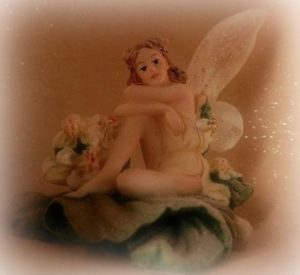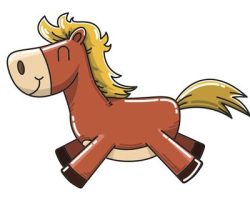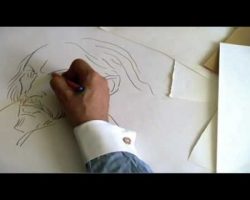Good drawing – better drawing , how to make a difference
What is good drawing is a question that I was confronted with on my first day in school. The answer I got to that question changed a lot in my life for quite some time. The dimensions of this seemingly innocent question are much wider than one would assume on first sight.
But this question is not put up here to stage a controversy or to seek late revenge for an early injury by a stupid teacher. Rather I want to use it to arouse interest in the many facets of drawing. The question what is good drawing forces to analysis and development of criteria which allow to make a difference in quality between drawings. As a result this process will lead not only to better understanding, but also to enhanced enjoyment of drawings.
At this point it might be clear that this site is not about construction or instruction drawings, but about drawing in arts and in particular about the artistic value of drawings.
How to analyse a drawing
The analysis of a drawing often consists in separating certain aspects of a drawing. Usually it starts with the level of technical skill that the artist shows. As second aspect the content or the picture idea is examined further and finally the artistic value might be considered.
Such an approach is not without difficulty, because it is impossible to separate these three aspects from each other as their combination is what makes for the quality of a drawing. The use of simple lines might indicate a lack of technical skill, but in fact simple lines might be used with purpose as a means of artistic expression for example.
However this method is still a good way to explore drawings and therefore I want to discuss these three different layers of a drawing further.
Craft and dexterity – technical skills and quality of a drawing
What are drawing skills ?
Postcard Forest diary ink drawing postcard
I remember the tale of an artist and his king in China. The king commissioned a drawing of a cockerel to a famous artists and the artists agreed. After waiting one year as the works was still not finished the King got impatient and started to send out messengers to the artists cabin a long way in the woods.
They returned and reported that the drawing was not done yet. This happened a couple of times until the King got so angry in the 10th year of waiting that he made the journey himself ready to punish the artist on site, if he had not finished the work yet.
In the cabin the king urged the artist to do the drawing otherwise he would be killed. The artist replied that the king just came on time as he was ready no to do the drawing. He fetched a piece of beautiful rice paper, prepared the ink and laid down the drawing with his brush within a few minutes. The king was totally amazed and pleased with the quality of the work, which was a perfect piece of art and a beautiful representation of a cockerel.
The king asked the artist, why for heaven sake didn’t you do this quick drawing already ten years ago? The artist said nothing but turned to his big wall cupboard to open the doors. As the doors opened hundreds and hundreds of drawings fell to the floor, documenting that the artist had done nothing but drawing cockerels over the years until he thought that his skills were good enough. The King was ashamed and fell silent.
The most realistic or illusionistic representation in a drawing is often seen as the ultimate proof of quality in a drawing. The more a drawing conjures with a photographic image the better the quality it seems. Indeed it takes very long and talent is needed to achieve skills that enables the artist to depict a subject in aphoto realistic way.
Training of drawing skills was a major task of art academies during centuries. These academic skills were abandoned in modern art not because artist were too lazy to do the exercises, but the value of academic drawing was questioned by modern artists. Pure imitation no matter how skillful it is conducted seemed to be without artistic value.
These are two main position that have been discussed in art for a long time and it seems there is no end to this. I think that there cannot be an end or a final valid judgement on these issues. The interesting thing is the discussion itself, the different views on drawing which open new perspectives for the participants in this discussion.
Content , image idea, meaning of a drawing
Drawing as visual language
The formal content of a drawing is what we recognise first. Our perception is constantly and immediately interpreting what we see and offers meanings to us saying : This is a dog or a house what I see for example. This is a rather simple level of understanding and usually we perceive a lot more of impressions which go much further than that at the same time. Apart from rational thoughts drawings like any other picture evoke emotions.
The quality of a drawing can also literally be seen in the way and in the efficiency the artist manages to communicate with the viewers and in his capacity for original inventions and modes of execution. Drawings can be seen as a kind of visual language and some artists are better speakers than others.
At this point the connection to the previous paragraph has to be considered. What happens if the viewer is not capable to understand the visual language of the artist properly ? There are many misunderstandings regarding the quality of drawings simply for this reason. As the artist improves the skills of his visual voice with exercise the viewer improves his skills of listening i.e. understanding drawings by looking and examining drawings on a regular basis.
Artistic value in a drawing
academic versus artistic drawing
To determine the artistic value of a drawing is the most difficult task. People who might agree in considerations about technical skills and image idea still can come to totally different conclusions about the artistic value of a drawing.This disagreement is based on different ideas about what artistic value is.
It is very interesting to study many different opinions and to compare the points of view. The more one tries to define artistic value the more it seems to vanish into something vague and undefined. Words seem not to be able to grasp what is meant. “The there is a harmonic sense in lines and their relationships, a music of line that is found at the basis of all good art” This quote from the book: ThePractise and Science Of Drawing, by Harold Speed, might illustrate this difficulty.
I heard drawings praised because the artist was able to draw lines that were considered fast, suspenseful or dynamic and so on. All these attempts to address the quality of a drawing are very much based on personal standards which have beenacquired.
Over the years my own standards are changing constantly and I am eager to see drawings that are executed in a way I did not see before.
Almost every art lover has a kind of internal hit list of works or artists he likes or dislikes. The comparison and ranking of different artworks is a good method to learn about the quality of a work,especially when we want to know why we like something better than the other and start to ask questions in that direction. It can take some time to evaluate the quality , works that had been in a lower ranking might advance to a better position after some time when the work is better understood.
What is good drawing ?
The one that does not wear off !
I had the opportunity to attend workshops given by a great artists and watercolour landscape painter named Simon Fletcher. Simon Fletcher has a traditional point of view on landscape depiction and puts great emphasise on graphic skills in his work. The underlying drawing, the visual grid that constitutes a painting, establishes according to him the potential of a painting. If the drawing or graphic skeleton is not good the painting cannot be good. He also explained to his students that once the drawing has been established successfully the artist gains maximum of freedom to do with thecolours whatever he wants. His works illustrate these principles, that I tried to lay down here in short, very well.
This alone does not get us a step forward to an answer to the question what good drawing means. I found the answer Simon Fletcher gave for pictures in general applies also to drawings very well.
This is a very simple criterion, that covers all aspects and conditions of the picture itself and those of the viewer. There is indeed the phenomenon that we consume certain pictures with the blink of an eye and move over, others intrigue us, stay in our memory and attract our curiosity again and again. This is also a holistic approach that is valid without sophisticated intellectual analysis.
